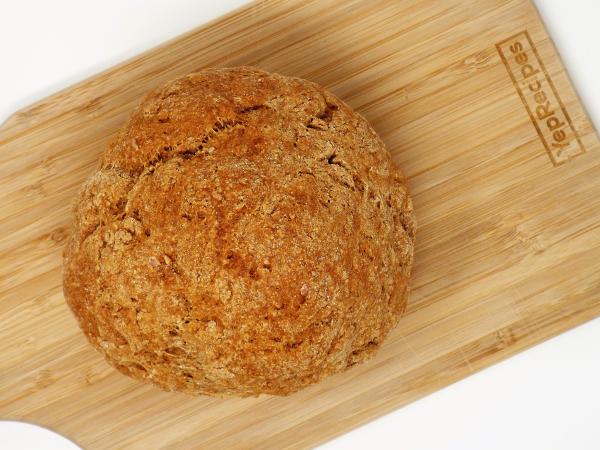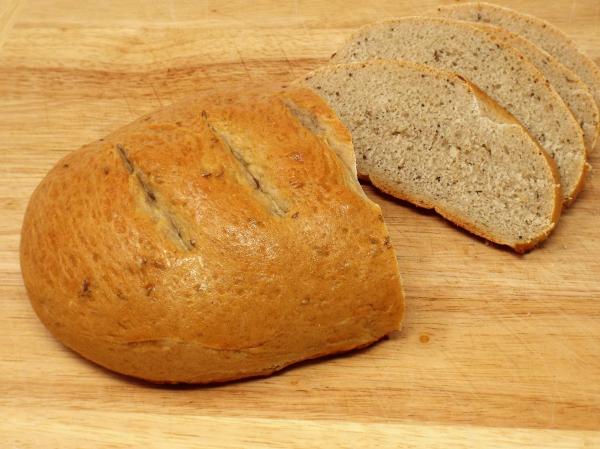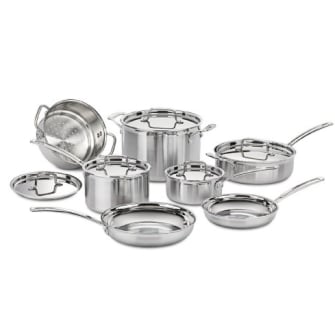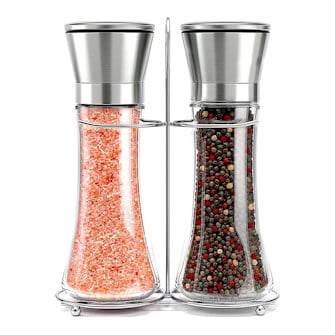Types of Wheat Flours and Their Uses
Wheat flour is a staple ingredient in baking, and different types of flour can produce vastly different results.

All-Purpose Flour
All-purpose flour, as the name suggests, is a type of flour that is suitable for a variety of baking purposes. It is made from a combination of hard and soft wheat grains, which are milled and refined to produce a fine-textured powder. This flour is commonly used in both home baking and commercial food production due to its versatility and availability.
The composition of all-purpose flour may vary slightly depending on the brand or region, but it typically consists of about 10-12% protein content. This protein content plays a vital role in the structure and texture of baked goods. The proteins in all-purpose flour, namely glutenin and gliadin, combine when mixed with liquid to form gluten. Gluten provides elasticity and strength, allowing dough to rise and hold its shape during baking.
All-purpose flour is known for its adaptability in various recipes. It can be used to make cakes, cookies, pastries, breads, and more. Its moderate protein content makes it suitable for recipes that require both tenderness and structure. Additionally, all-purpose flour is often the go-to choice for recipes that don't specify a particular type of flour.
Bread Flour
Bread flour is a type of wheat flour that is specifically milled for baking bread. It is made from hard wheat varieties, typically high in protein content, around 12-14% protein content, which gives bread its structure and elasticity.
Cake Flour
Cake flour has a lower protein content, around 7-9%, it's finely milled and bleached, resulting in a lighter, tender crumb that's perfect for cakes and delicate pastries.
Rye Flour
Rye flour is a type of flour that is made from ground rye grains. Rye flour is a dark, coarsely ground flour that is used to make breads, cakes, and other baked goods. Rye flour is different from other flours in that it has a stronger flavor and more dense texture. It also has less gluten than wheat flour, so the dough made from rye flour will be more sticky. Rye flour also has a lower glycemic index than other flours so it's a healthier option for those who are watching their blood sugar levels.
Whole Wheat Flour
Whole wheat flour is made from whole wheat kernels, which are milled to create a coarse flour. This type of flour is high in fiber and is considered to be a healthier alternative to white flours. Whole wheat flour is best suited for hearty breads and baked goods that require a chewy texture, such as pizza dough or breads.
Semolina Flour
Semolina Flour is a flour made from durum, a hard wheat, which is golden in color. Semolina flour has high protein and gluten content and is commonly used for making pasta. It has a slightly sweet and nutty flavor and a coarse texture that's similar to cornmeal.
Self-Rising Flour
Self-Rising Flour, also known as Self-Raising Flour, is nothing more than flour that contains a leavening agent, usually baking powder, and a little bit of salt. This flour mix is commonly used for convenience in recipes such as biscuits, pancakes, and cupcakes.






















